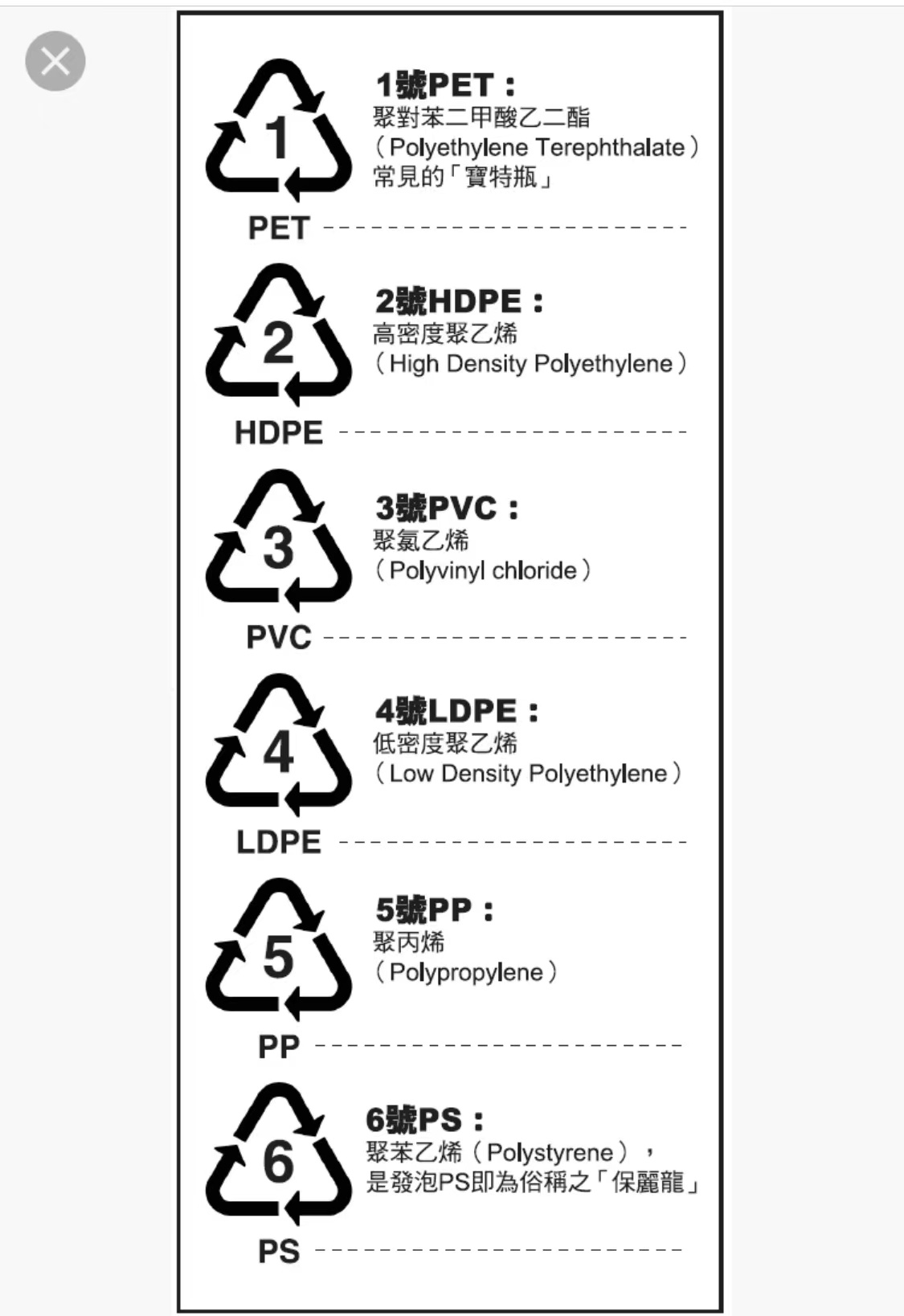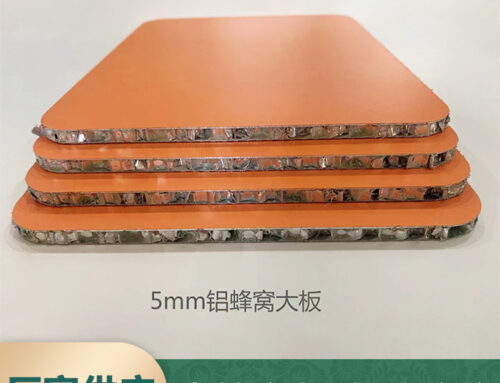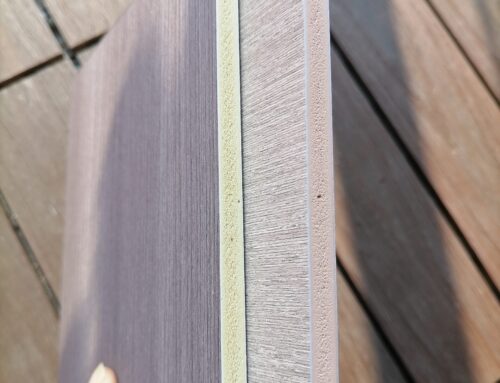1.HDPE generally refers to high-density polyethylene, high-density polyethylene (HDPE) , which are white powder or granular products. It is non-toxic, tasteless, with crystallinity of 80% ~ 90% , softening point of 125 ~ 135 ° C and service temperature of 100 ° C. Its hardness, tensile strength and creep property are better than those of Low-density polyethylene Good chemical stability, at room temperature, insoluble in any organic solvents, acid, alkali and all kinds of salt corrosion resistance; The film has low permeability to water vapor and air, low water absorption, poor aging resistance, and environmental stress cracking resistance, especially due to thermal oxidation, which can degrade its Low-density polyethylene properties, so it is necessary to add antioxidants and UV absorbers in the resin to improve this deficiency. The thermal deformation temperature of high-density polyethylene films is lower under applied load.
2. Polyethylene (PE) is a kind of thermoplastic resin which is made by polymerization of ethylene. In industry, it also includes copolymers of ethylene with small amounts of alpha-olefin. Polyethylene is odorless, non-toxic and waxy in feel. It has excellent low temperature resistance (the lowest operating temperature can reach -100 ~ -70 ° C) , good chemical stability, and can resist the attack of most acids and bases (not the oxidation of acids) . Insoluble in common solvents at room temperature, small water absorption, excellent electrical insulation.
Different characteristics
1, PE characteristics: polyethylene is a white wax-like translucent material, soft and flexible, lighter than water, non-toxic, with excellent dielectric properties. It is flammable and continues to burn after leaving the fire. Low permeability, but high permeability to organic vapor.
The transparency of polyethylene decreases with the increase of crystallinity, and increases with the increase of molecular weight under certain crystallinity. The melting point of HDPE ranges from 132 ° C to 135 ° C, and the Low-density polyethylene melting point is low (112 ° C) and wide.
HDPE properties: high-density polyethylene is an opaque white waxy material with a light specific gravity of 0.941-0.960. It is both soft and hard, but slightly harder than the LDP. It is also slightly elongated, non-toxic and tasteless.
Different chemical property
PE chemical property: polyethylene has excellent chemical stability. It is resistant to hydrochloric acid, hydrofluoric acid, phosphoric acid, formic acid, amine, sodium hydroxide and potassium hydroxide at room temperature.
HDPE chemical property are flammable and can continue to burn after a fire. The top of the flame is yellow and the bottom is blue. When it burns, it melts. There will be droplets, no black smoke. It also gives off the smell of burning paraffin.
The application is different
1, PE application: apply to water, oil and chemicals, such as high performance product labels, printing is often used in cosmetics, shampoos, washing and other daily chemicals label, in the use of moisture-proof and anti-extrusion requirements. Excellent softness, especially in plastic bags. It can also be used in cases where PVC label material can not be used due to environmental requirements.
Polyethylene can be processed by blow molding, extrusion, injection molding and other methods. Widely used in film, hollow products, fiber and household goods manufacturing.
2, HDPE application: for extrusion packaging film, rope, woven bags, fishing nets, water pipes; Injection molding low-grade commodities and shells, non-load-bearing components, rubber boxes, turnover boxes, extrusion blow-moulding containers, hollow products, bottles.
MORE:
Different strength
The strength of the two is different, PE pipe strength is common, and HDPE pipe in order to resist pressure, in the production will choose high-quality PE resin, so the strength of PE pipe is about 9 times.
2. Different wear resistance
There are also some differences in wear resistance between the two. For example, the wear resistance of ordinary PE pipe is relatively common, while the wear resistance of HDPE pipe can be said to be the crown of plastics. Some materials are even more than carbon steel, stainless steel and other metal materials, therefore by the consumer’s favor and like.
3. The substitution effect is different
The role of the two are also different, such as: ordinary PE pipe, it is the largest role of connecting pipes, low-density PE or even only water. The HDPE pipe material is relatively safe, can be used as a drinking water pipe.
4. Different applications
There are also some differences in the use of the two, such as: low-density PE pipe, can only be used for hoses, medium-density PE pipe can only be used for gas, natural gas, petroleum and other fields. HDPE pipes are widely used not only for municipal water supply, indoor water supply, old pipeline restoration, but also for landscaping, irrigation and other industrial water pipes.






Leave A Comment